- Joined
- Jul 16, 2007
- Messages
- 3,072
- Reaction score
- 1,212
Gentlemen, when I bought my lathe there were some miscellaneous tools laying about and the fellow that was helping get rid of everything asked if I wanted any of it. Most of it I had no need for but there was this protractor type tool that caught my eye. Not so much that I would have a need for it but that it was just a fine looking tool.
I took it home with the lathe and cleaned it up. The main level vial is adjustable and when checked against my machinist level it was a little off so I adjusted it. The vials, lets call them X and Y are mounted on a curved beam that has minute graduations on it. As you move them from -0-, left side to the right side you divide up one degree.
It was probably quite a sophisticated tool back when. My question is, does anyone know anything about it? From the wording on it I know it was made in Germany or possibly Austria.
Thanks for the help
gbritnell
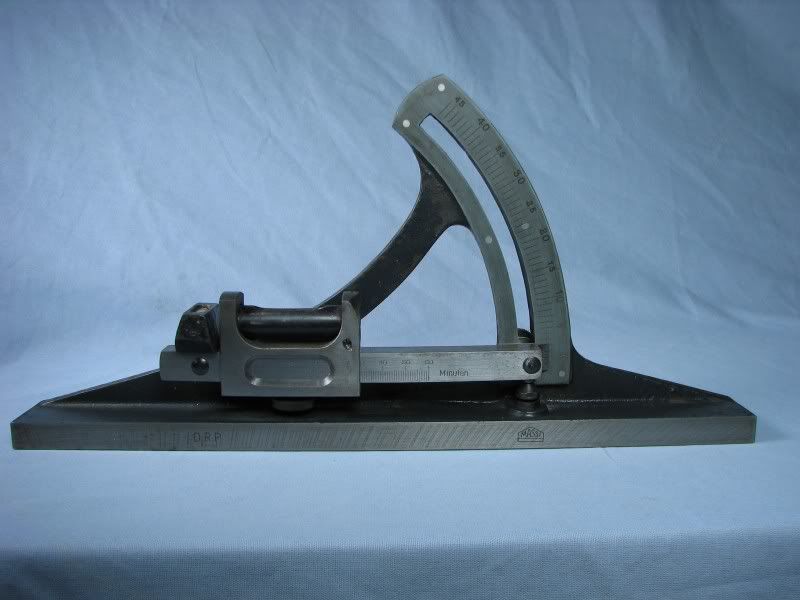
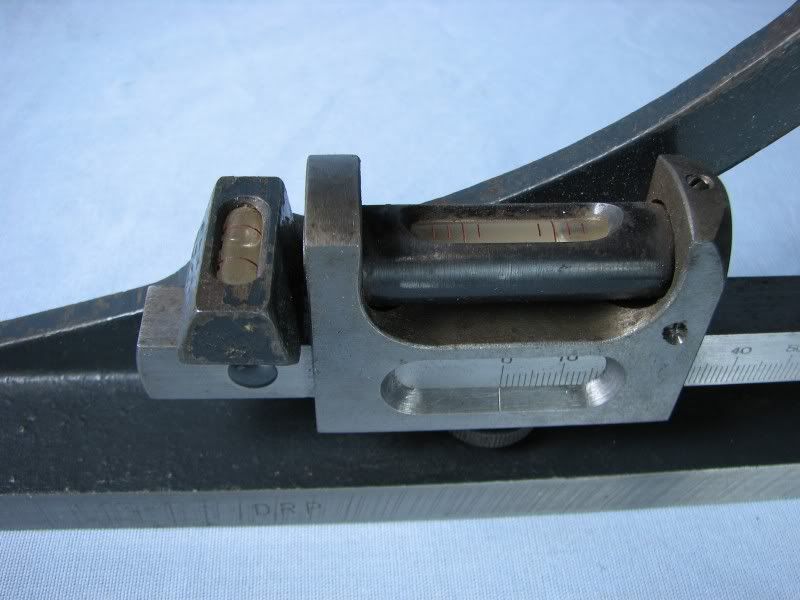
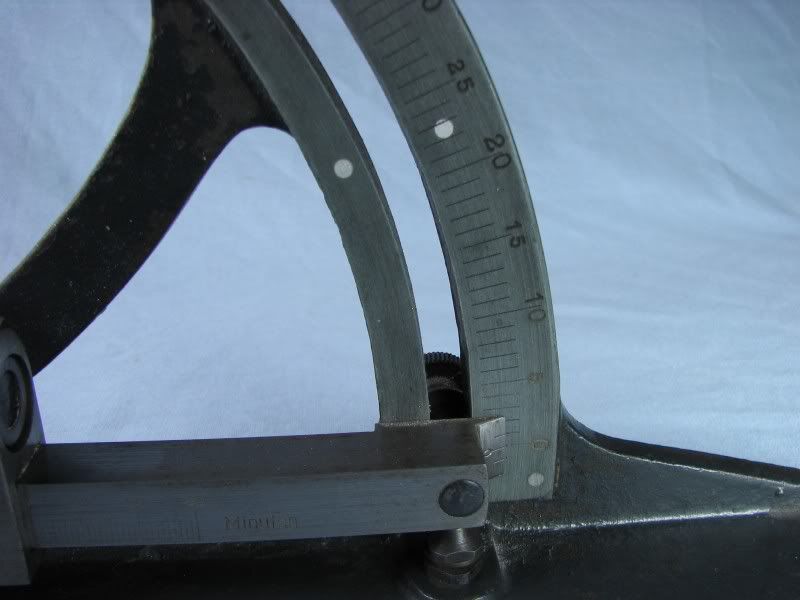
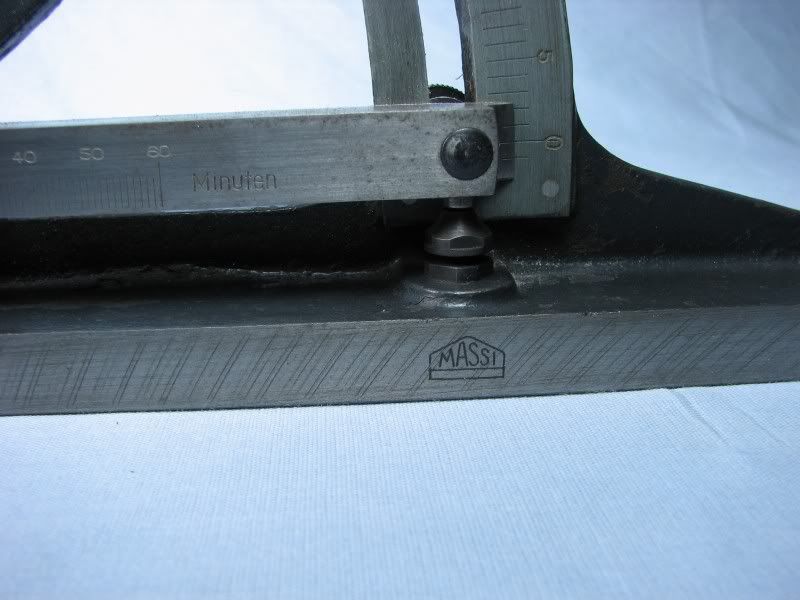
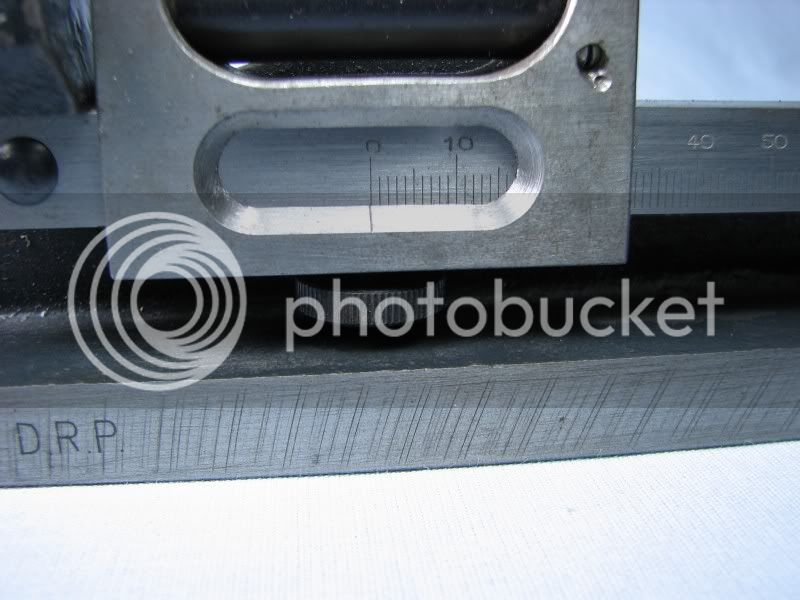
I took it home with the lathe and cleaned it up. The main level vial is adjustable and when checked against my machinist level it was a little off so I adjusted it. The vials, lets call them X and Y are mounted on a curved beam that has minute graduations on it. As you move them from -0-, left side to the right side you divide up one degree.
It was probably quite a sophisticated tool back when. My question is, does anyone know anything about it? From the wording on it I know it was made in Germany or possibly Austria.
Thanks for the help
gbritnell










